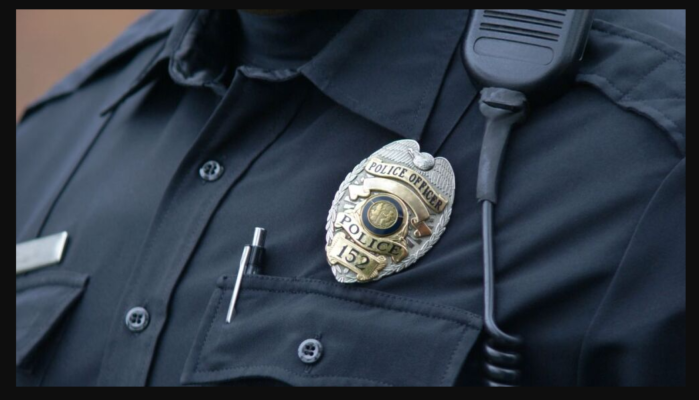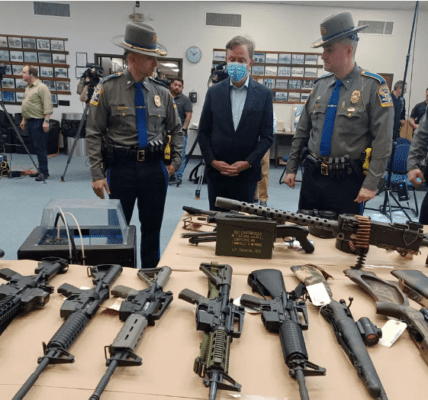
In the vast and diverse state of Texas, law enforcement officials work tirelessly to ensure the safety of our communities. Despite the evolving nature of their role and the decreasing recognition they receive, it remains crucial to express our gratitude for their dedication. While many may not be familiar with the intricacies of police codes, understanding them can provide valuable insights into the challenges faced by Texas Department of Public Safety officers. In this article, we will explore some of the common police codes used across Texas and shed light on their meanings.
Exploring Police Codes on Police-Codes.com: To delve into the specifics of police codes, one can turn to the informative website, Police-Codes.com. This platform offers a comprehensive breakdown of codes used not only at the state level but also by specific sheriff’s offices or local law enforcement agencies. It serves as a fascinating resource for individuals interested in gaining a deeper understanding of law enforcement practices.
Codes Being Used Across Texas: While there are specific codes tailored to different areas, our focus in this article will be on the police codes employed by the Texas Department of Public Safety.
What Police Codes Should All Texans Know?
- 10-40 Expedite … Subject Detained:
- Meaning: An officer has someone detained but requires immediate assistance.
- 10-41 Beginning Tour of Duty:
- Meaning: Indicates the commencement of an officer’s shift.
- 10-42 Ending Tour of Duty:
- Meaning: Signals the conclusion of an officer’s shift.
- 10-43 Request Criminal History:
- Meaning: An officer is seeking additional information on an individual.
- 10-54 Silent Pursuit:
- Meaning: An officer is pursuing someone discreetly without alerting them.
- 10-55 Intoxicated Driver:
- Meaning: An officer has pulled over a driver suspected of being under the influence.
- 10-56 Warrant Indicated:
- Meaning: The person in question appears to have an outstanding arrest warrant.
- 10-71 Officer Needs Assistance:
- Meaning: An officer urgently requires assistance from colleagues; a call taken seriously.
- 10-72 Check for Safety of Officer:
- Meaning: Dispatch wants to ensure the safety of an officer during an assignment.
- 10-73 Advise Current Status:
- Meaning: Dispatch or an officer needs an update on a situation or individual.
- 10-81 Breathalyzer Needed:
- Meaning: An officer suspects someone of being under the influence and requires a breathalyzer test.
- 10-86 Officer On Duty:
- Meaning: Indicates that the officer is currently on duty.
- 10-95 Subject In Custody:
- Meaning: A person has been arrested and is currently in police custody.
- 10-96 Mental Subject:
- Meaning: Police have encountered someone exhibiting erratic behavior, possibly requiring mental health assistance.
- 10-97 Known Offender:
- Meaning: An officer has identified or spotted a known offender, likely making contact.
- 10-98 Criminal History Indicated:
- Meaning: The individual in question has a history of criminal activity.
- 10-99 Wanted/Stolen Indicated:
- Meaning: A potential suspect may be wanted, or an item is flagged as reported stolen.Also Read : Neighbors Raise Eyebrows Over Cleaning Crews: Highlights from the Hunting Valley Police Blotter
While we hope that Texans never find themselves in a situation requiring the use of these codes, understanding them can foster a greater appreciation for the challenges faced by law enforcement. By familiarizing ourselves with these common police codes, we contribute to building a safer and more informed community. Let us continue to support and express gratitude to the hard-working law enforcement officials who dedicate their lives to keeping Texas safe.




